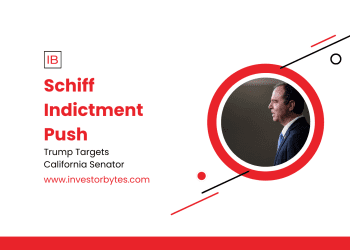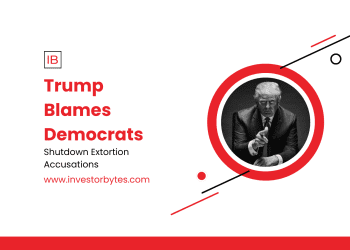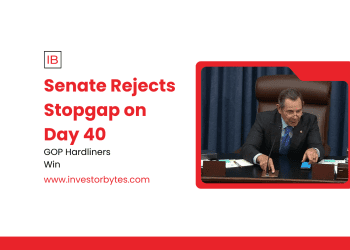President Trump and Xi Jinping forge a one-year trade truce extension on October 30 in Busan, rolling back fentanyl tariffs by 10 points (to 47% from 57%) and suspending rare earth export controls until November 10, 2026, averting 100% levies on Chinese goods while reviving $12 billion soybean buys—12 million metric tons by year-end, 25 million annually through 2028—per the White House’s November 5 fact sheet hailing a “massive victory” that stabilizes Nvidia’s $50 billion AI flows. The framework—hashed in Kuala Lumpur sidelines with USTR Greer and Vice Premier He Lifeng—delays Beijing’s mineral licensing a year, resumes sorghum/log trades, and eases Nexperia’s chip production, yet analysts decry “cooperation sans commitments,” per Asia Society’s Cutler, with EU’s 20% whiskey retaliation and Canada’s 15% lumber levy rippling $4.2 billion hits.
Bilateral blueprint: Malaysia’s tax suspensions unlock “tailor-made” pacts, as 50 nations negotiate post-10-41% hikes since August 7, per Reuters’ October 13 calendar. Trump’s “punch-first” ethos—GOP skepticism notwithstanding—spurs Lombard’s Woods on acclimation, SCOTUS’s November 5 probe at 71% reversal odds potentially voiding IEEPA. Market math: $1.1 trillion deficit widens 18.1% on exports’ crimp, $1,300 household costs (Yale); IMF trims 2025 to 2.4% from 2.6%.
Corporate calculus: Apple’s 15% India shift, Boeing’s Vietnam fuselages avert 28% exposure. Xi‘s concessions—port fee suspensions, export control delays—position Beijing adeptly, per Brookings’ November 5 analysis eyeing “rerun” spikes by year-end.
This extension unveils not tariff’s truce, but equilibrium’s durable dance—veiled veils of one-year from Xi’s yield, where diplomacy’s artistry yields reinvention’s radius in trade’s majestic march.








